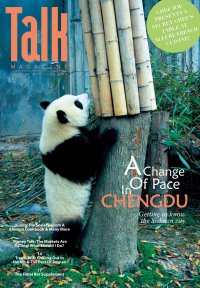The Real Face of China
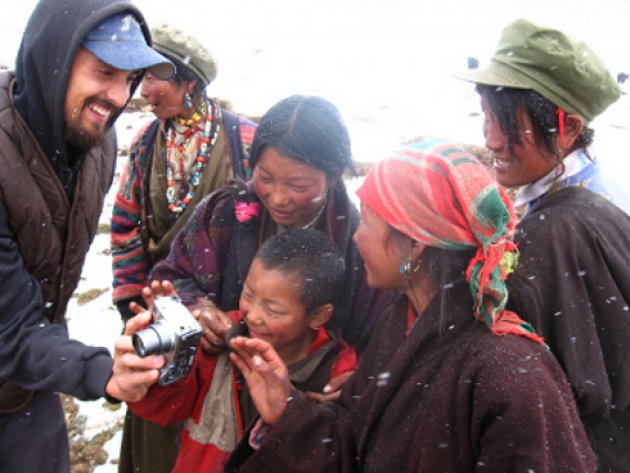
After two years teaching English in Shandong and Beijing, Tom Carter still felt like he didn’t know the “real” China, so the self-proclaimed nomad put his camera and lifesavings into a backpack and began an epic trek through the Middle Kingdom. Two years, 33 provinces, 56,000 kilometres and several run-ins with the law later, Carter had seen every corner of China and taken over 10,000 pictures of the people who make up the world’s most populous nation. His groundbreaking snapshots were compiled into CHINA: Portrait of a People. With the international release of his book this summer, the rest of the world can now tag along on Carter’s eye-opening journey through China’s biggest cities and far-flung regions and discover what China really looks like. TALK sat down with Carter to find out how he managed to finagle his way into the hearts and homes of China’s people, and take the pictures to prove it.
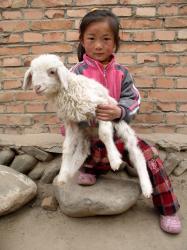 Was it your intention to create a book of China from the photographs you were taking?
Was it your intention to create a book of China from the photographs you were taking?
Nope, I was just a dusty backpacker drifting across the frontier. I took pictures for fun, for myself. I used the camera as a sort of medium to meet Chinese people. At the end of my trip I had this massive collection of portraits and everyone I showed them to said I should publish them in a book. I researched the idea and found that most photo books about China only focused on landscapes or architecture. So I got myself a publisher and the result was CHINA: Portrait of a People.
What was your goal in publishing CHINA: Portrait of a People?
I didn’t have a goal at first. The goal came organically, after the fact, which was to present China in its candor exactly as the country and its people presented itself to me. Photojournalists working with news agencies tend to have the goal of revealing the negative side of China because it gets them a byline and sells papers. Travel photographers want to show heavily Photoshopped images of the pretty sites because it gets them assignments. My book is the antithesis of both those kinds of photography. CHINA: Portrait of a People is real China, untouched by agendas or digital manipulation.
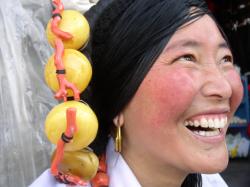 A lot of tourists to China stay in five-star hotels and eat in restaurants they find in guidebooks. Obviously, your method of travel is diametrically opposite this.
A lot of tourists to China stay in five-star hotels and eat in restaurants they find in guidebooks. Obviously, your method of travel is diametrically opposite this.
I relied on RMB 20 luguan flophouses, street food and the hard seat-class on trains. The average tourist would rather die than travel like I travelled. And certainly I almost did die several times as a result of my vagrancy. One time, in Chongqing City, I received a brutal beating by three drunk Chinese guys staying in the room next to mine. At the end of my day there was no hiding out in a five-star hotel, no warm bath waiting for me. I suffered along with the proletariat, and it really taught me something.
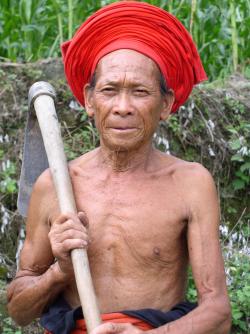 What was the significance of breaking the book up into chapters by province?
What was the significance of breaking the book up into chapters by province?
What I found after travelling across all 33 provinces and autonomous regions was that every place has its own personality, dialect and culture. Even the facial features of the people vary by province. Most Westerners don’t know that; they see the Chinese as a single homogenous race. My book dispels that myth by portraying China’s physical and cultural diversity.
What kind of camera did you use?
CHINA: Portrait of a People was shot entirely with an Olympus C4000, which is a small 4-megapixel point-and-shoot produced in 2003. I always received sideways glances and sneers from pro photogs I’d meet on the road or at events. But for me my little camera was perfect. It was non-intimidating to the people I met, and it kept me inconspicuous from the authorities. That camera eventually died on me from overuse. I have since upgraded to a professional DSLR, a Nikon D700, to remain competitive in my field.

